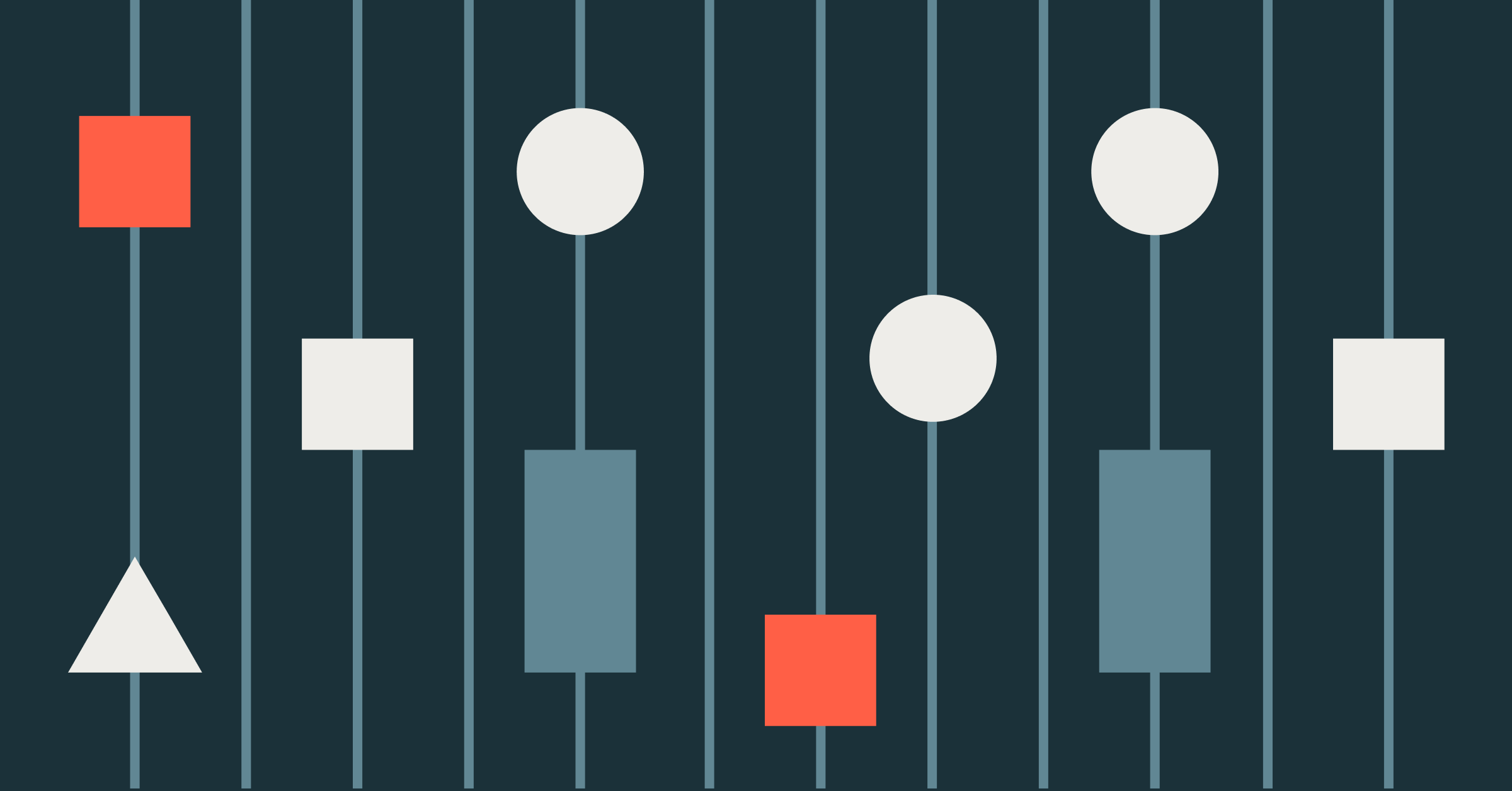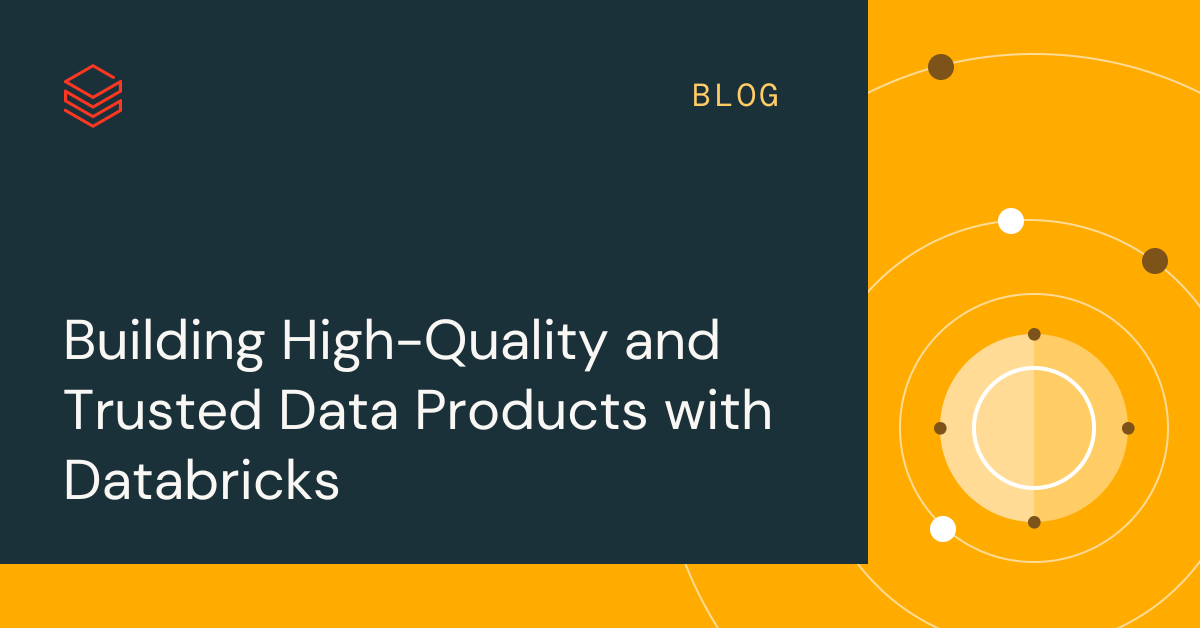OKR-Centric Delivery Models for Engineering-Focused Enterprises
Databricks Professional Services have introduced a new engagement model

Introduction
An organization adopting new technologies or on a modernization journey typically focuses on upcoming tools, their features and potential performance/cost improvements under ideal environments. One often overlooked aspect revolves around how an organization can effectively and efficiently assimilate those technologies. The reality is that technology adoption is influenced by business priorities, integration with other systems and technical debt. These resistances could potentially destabilize the overall project execution and efficiency.
The role of a typical Professional Services organization during this technology adoption revolves around minimizing the resistance through technical consultation and change management. At Databricks Professional Services, we believe it is important to focus on realizing the promised business value from the technology and share the responsibilities with our customers.
With that in mind, we have been piloting a new engagement model that draws from our engineering DNA and focuses on collaborative efforts anchored in our customers' Objectives and Key Results (OKR). This has enabled us to provide a much more holistic professional services delivery.
Why are OKRs important in the context of Professional Services?
We have observed that the overwhelming majority of our customers in the digital native space use OKRs throughout their organization to help bring a more actionable, measurable and objective approach to their technology adoption planning and execution.
The traditional Professional Services engagement model seems to add cognitive load to these engineering-focused customer teams working towards shipping the next product/feature following their OKRs. It is important for a professional services team to adapt to the changing customer delivery model to enable much more organic, free-flowing conversations and effective execution.
Towards that end, we at Databricks Professional Services have found that instead of complex scoping questionnaires, it is much more effective to review the customer's OKR jointly and identify areas where we can contribute and help drive their roadmap. This involves collaborative discussions around the prioritized items (P0, P1, P2, etc.) and joint partnership during subsequent execution.
Matching skills, goals and forming cohesive teams faster
For a specific customer, the process begins with the assigned Resident Solutions Architect from the Databricks Professional Services team working very closely with the customer on detailing the OKRs. This includes defining specific scopes, identifying success metrics, integration requirements, dependencies and proposed target timelines against each objective. This is an agile, collaborative and flexible process that constantly gets tracked, and revised as needed during the duration of the engagement.
The engagement operates as a partnership sharing the same goal and as many customers have told us, speak the same language. For example, based on the customer's business re-prioritization, the engagement model is flexible to add new objectives, redefine key-results and/or make changes as necessary.
The simpler customer contract (in lieu of strict statement of work, SoW) also allows Databricks Professional Services to implement flexibility with resourcing, allowing for better parallelism and skill match during execution. For example, if a certain key result revolves around performance optimization, the lead Resident Solutions Architect can bring the appropriate specialist to work towards that goal as defined through the OKRs.
"Databricks PS engaged with us last year and since then we've been leveraging a joint OKR model with great success. It so far has allowed us to align toward shared goals, define critical outputs from the Databricks group, and work toward critical path and complex milestones to enable new features for our users. The most important thing is Databricks PS Engineers co-owning Key Results allows us to remove ambiguity, create clear accountability, and deliver the value Dropbox is seeking" — Chris Neat (Engineering Manager, Dropbox)
Joint OKRs in practice
In the past several months, we have partnered with our strategic customers in the digital native space like Dropbox amongst many others to establish these joint sets of OKRs. Some of them have been quarterly while others have been yearly, the common theme being the inherent agility and shared responsibility of the execution model. We have seen a good amount of success executing through this model including some critical and complex migration projects.
We continue to build additional capacity to serve more interested customers and also enable our partner ecosystem on the engagement model.
We are in the golden age of Data and AI, with organizations leveraging their data intelligently as a differentiating factor to their competition. Our Data Intelligence Platform is being quickly adopted across the industry to establish the Lakehouse and build fascinating applications through Generative AI. It is critical to have a partner providing best in class technology but also who can help execute effectively and efficiently on shared goals toward realizing the proposed business value. This is where Databricks Professional Services and its thriving partner ecosystem will help through innovative OKR-driven execution and delivery models.
Find out more about Databricks Professional Services and how we work with customers to deliver rapid success on projects with world-class data engineering, data science and project management expertise. We recently shared how DoorDash was able to accelerate their adoption of Databricks for Streaming/ML Use Cases.

